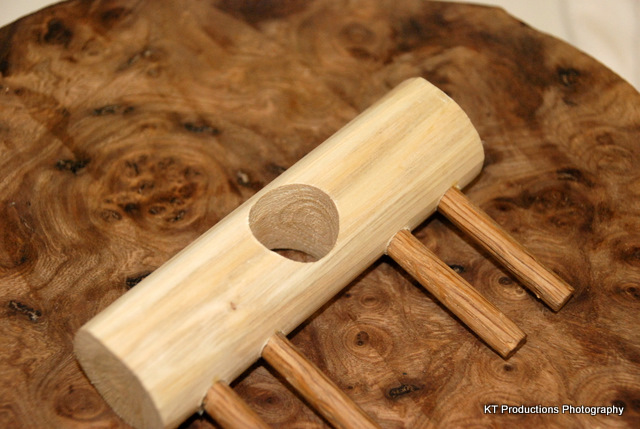Traditional cylinder bodied Forstners can generally be used in a hand held power drill as long as you are competent at drilling absolutely dead square and perpendicular to the surface or you use a drill guide. The problem with these is that they are prone to overheating, painstakingly slow and the slightest loss of concentricity in the hole leads to more friction which accelerates wear causing blunt edges, more overheating.....etc.
TCT forstners with protruding teeth are liable to screw up your work properly if you get them slightly off angle or try to drill intersecting holes. The cutting edges are unguided so they can dig in, bounce out of the hole and go for a stroll across your surface...wheeeeeee, dug, dug, dug, dug, dug...oh bu££er!
Saw tooth forstners were the next development and the interrupted edge isolates the friction into spots so there is less chance for the heat to build up. Famag went one stage further with their Bormax range and developed a bit specifically for use in both pillar and hand held drills. They interrupted not only the cutting edge but also the sidewalls of the cylinder, so there is much less heat build up. This is effective to the extent that you can use the bit for a couple of minutes and within ten or fifteen seconds clench it in the palm of your hand. They do a version of the standard carbon steel ones with a replacable centre so you can fit a normal tip, a longer pilot drill for entering timber at an angle or solid bore followers for counterboring existing holes.
The latest development are the Bormax 3 carbide tipped forstners which are similar in design but have carbide cutters and integral (therefore guided so no bounce-out) carbide spurs on the edge. These cut really fast - like three times the speed of the carbon steel version and will take on really nasty materials too. They don't need sharpening anywhere near as often as carbon steel ones - maybe every one or two years if you are using them regularly.



































